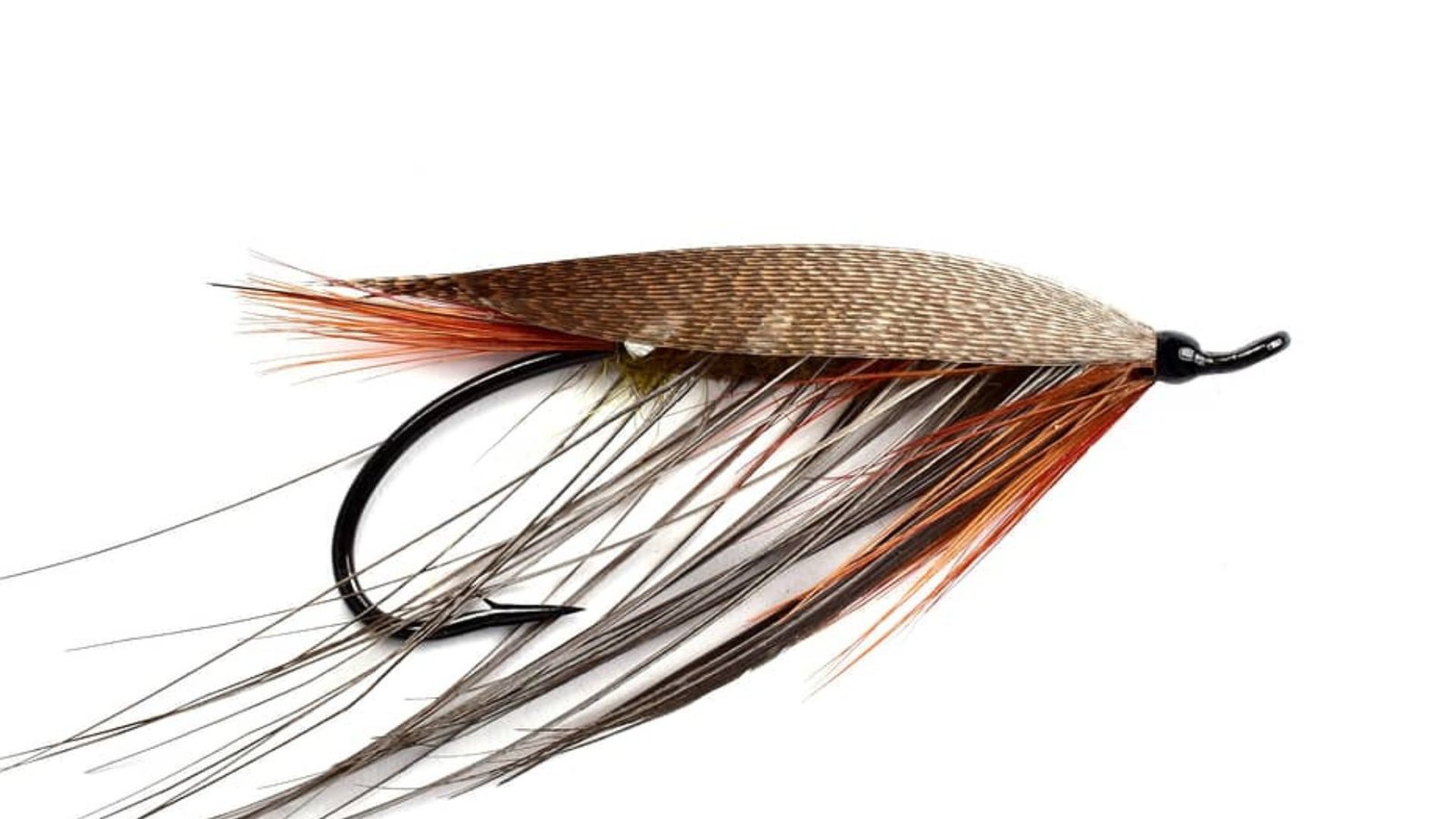Tying Spey flies for salmon is an art form that combines tradition with functionality. Spey flies are known for their elegant and effective designs, primarily used in swinging techniques across the water to entice salmon strikes. Here’s a detailed guide on how to tie Spey flies:

How to Tie Spey Flies for Salmon
Understanding Spey Flies
Spey flies are characterized by their long, flowing hackles and slender profiles. They are designed to mimic larger aquatic insects or small fish, often used in rivers and streams where salmon are known to hold in deeper pools and runs. The design of Spey flies allows them to move gracefully in the water, imitating natural prey and attracting salmon with their lifelike movement.
Selecting Materials
Choose high-quality materials for tying Spey flies, focusing on natural fibers and feathers that provide movement and durability. Common materials include marabou feathers, hackles from rooster or hen capes, ostrich herl for body and wing accents, and tinsel or floss for added flash and color. Ensure your hooks are strong and suited to the size of fly you intend to tie.
Preparing the Hook
Start by securing your chosen hook in the vise and wrapping a thread base along its shank. This thread base provides a foundation for tying materials and helps secure them in place. For Spey flies, consider using longer shanked hooks that accommodate the fly’s flowing design and allow for proper balance and movement in the water.
Building the Body
Create a smooth, tapered body using dubbed or wrapped materials such as floss, tinsel, or wool yarn. The body should be slender and evenly distributed along the hook shank, providing a streamlined profile that reduces water resistance and allows the fly to sink or swim effectively during presentation.
Adding Hackle and Wings
The hallmark of Spey flies is their long, flowing hackles and wing components. Select hackles with fibers that extend beyond the length of the hook shank, providing movement and silhouette in the water. Tie in hackles near the hook bend or mid-section, allowing them to sweep back gracefully when the fly is swung across currents.
Incorporating Wing Components
Depending on the fly pattern, incorporate wing components such as turkey or goose feathers, which add volume and buoyancy to the fly. Wings should be positioned atop the fly’s body, extending slightly beyond the hook bend to create a balanced profile. Secure wings with tight thread wraps and trim excess material for a neat finish.
Finishing Touches
Complete your Spey fly by securing all tied materials with additional thread wraps, ensuring durability and longevity in the water. Trim excess materials carefully to maintain the fly’s silhouette and balance. Add a coat of head cement or clear nail polish to secure thread wraps and enhance the fly’s resilience against water pressure and fish strikes.
Experimenting with Patterns
Explore different Spey fly patterns and variations to suit varying water conditions, salmon preferences, and angler preferences. Experiment with colors, sizes, and materials to create flies that mimic specific insect hatches or baitfish that salmon are actively feeding on. Keep detailed notes on successful patterns and adjustments for future tying sessions.
Practice and Refinement
Tying Spey flies requires practice and patience to master. Focus on consistency in thread tension, material placement, and proportion to achieve well-balanced flies that perform effectively in the water. Seek feedback from experienced tyers or anglers to refine your techniques and improve your ability to tie Spey flies that consistently attract and hook salmon.
Enjoying the Art of Fly Tying
Above all, enjoy the art of tying Spey flies for salmon. It’s a creative and rewarding process that connects anglers to the traditions of fly fishing and the natural beauty of salmon rivers. Embrace the satisfaction of tying flies that not only look impressive but also produce results when swung through salmon waters.
Tying Spey flies for salmon combines craftsmanship with practicality, offering anglers an effective tool for enticing strikes from these prized fish. By mastering the techniques of tying Spey flies and experimenting with different patterns, you can enhance your fly fishing experience and create flies that are both functional and aesthetically pleasing.



